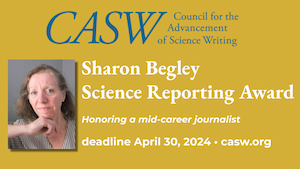BEHOLD THE KING IN THE CAR PARK. A moment to reflect on the fascination with Richard III's possible bones. Being The King in the Car Park surely has something to do with it. The archaeological discovery in the former Franciscan Greyfriars Priory, now entombed under a municipal parking lot, is a time-jarring collision between the history of England's bloody royals and the grubby dailiness of modern transport and modern life.
Would the media be quite so frenzied if there was no parking lot, if the Greyfriars burial ground now beneath it was still hallowed? What if the Priory had never been razed as the Tudor regime seized Roman Catholic riches for their own treasuries? It's not Westminster, but it would be a more dignified grave than a parking lot. Richard, however, has never been granted dignity. The ignominy of the parking lot tomb reflects near-universal disdain for the last Plantagenet. Also, treating a king's remains with contempt is, I confess it, a bit satisfying to a democratic soul here in a former colony. That's the Ozymandias angle.
But of course Richard has been a figure of fascination for centuries, as Amy Davidson explains in her useful summing up at the New Yorker's Close Read. To a small group of revisionists, he is Noble King Richard. Francis Bacon called him, "A good lawmaker for the ease and solace of the common people." He was against government corruption. He donated land to Cambridge University.
To most he is the maniacal mass murderer who crowned his bloody record with the deaths of his nephews, the little Princes in the Tower. That's the tale told by the sainted Thomas More, not to mention Shakespeare. The Washington Post puts the dueling portraits in more contemporary terms shaped by the Americans with Disabilities Act: "Despotic hunchback or brave scoliosis sufferer?"
Writers must have a certain sympathy with Shakespeare's choice, however untruthful. See for yourself; MIT has kindly posted the (free) text of the play here. Yes, he was a political propagandist, justifying the Tudors' shaky claims to England's throne and sucking up to his Queen, Elizabeth, the greatest Tudor of them all. But the Bard was not just a spin doctor. Having read his predecessor propagandist, the sainted Thomas More, he may have believed in Devil Richard. But even if he didn't, Devil Richard was irresistible to write. Shakespeare's Richard is a flawless villain, twisted in mind as well as body, dominating the stage and the ambitions of a thousand actors. Who would you rather have written: Shakespeare's immortal serial killer? or responsible Richard, the ho-hum monarch who loosened bail requirements for accused felons?
Identification of the body as Richard's ("beyond a reasonable doubt" as the project's chief archaeologist put it) rests in part — but only in part — on studies of mitochondrial DNA. That's the small chunk of DNA often called the cell's powerhouse because of its role in energy metabolism. It's only a few genes, but there can be thousands of mtDNA copies in a cell. Which makes mtDNA much easier to recover for analysis than DNA in the nucleus, which comprises most of our genes but exists as only a single copy in each cell.
It's eggs that convey mtDNA to the next generation; sperm have no mtDNA. Forty-odd main kinds of mtDNA sequences, haplogroups, are known. They include hundreds of subtly different mtDNA sequences, known as haplotypes. Because mtDNA mutates only slowly, mtDNA study is quite a good way of tracing maternal ancestry.
Which is what they did in Richard's case: compared mtDNA from the parking lot bones with mtDNA from two 17th-generation descendants of Richard's sister Anne. And got quite a good match as you can see from the electropherogram — data produced by an automated DNA sequencer. The University of Leicester's web site explains how they found Anne's descendants and also how the DNA work was done.
I HAVE A HUNCH THIS REALLY IS RICHARD III. As is to be expected, because this is science after all, there is some dispute over the DNA claims, as Stephanie Pappas describes at Live Science. The skeptics she dug up, however, seem mostly concerned that the claims should have been subject to peer review before being released. So do those interviewed by Douglas Heaven at Short Sharp Science. New Scientist also editorialized about it.
If the objection is to science by press conference, then sure. Science by press conference is to be deplored. We have examples to prove peer review by media often results in Bad Science. But this was a finding that was sure to leak, via embargo breaks if not long before a paper was scheduled for publication. I can understand the researchers' — and the University of Leicester's — desire to get out in front and own the story.
And it is in fact a pretty strong story. First, there doesn't seem to be any reason to doubt the DNA claim, assuming what the University's web site says is true. One scientist told Pappas that people could share the same mtDNA and not be related. That's a very odd thing to say. I suppose it depends on your definition of "related." It could even be argued that 17th-generation descendants aren't very related to the ancestor they're being compared with if what you're counting is dilution of nuclear DNA through 17 matings from the 15th century to the 21st. I haven't the math smarts to figure it out precisely, but I'd guess the two generations share very few genes except those common to all humans (and many other species too.) Maybe none. Except for their mtDNA.
But it would be a pretty strong story even without the DNA. The skeleton was buried where contemporary accounts said Richard had been buried. It fits contemporary descriptions of Richard as short, slender, and having a crooked spine: scoliosis. The More/Shakespeare skeletal portrait, at least, was based in truth.
Radiocarbon dating traces the remains to around 1500; Richard died at the Battle of Bosworth in 1483. Osteology reveals that the man died at around age 30; Richard was 32. The body was wounded grievously in a way that suggests the assailants meant to defile it, as Davidson observed. A reasonable conclusion is that these are the remains of the last Plantagenet King of England.
Richard's bones must endure one final Tudor humiliation. They are to be reburied in Leicester Cathedral, a domain of the Church of England. Richard was, of course, a Roman Catholic. The Anglican religion, you'll recall, was invented as an aid to divorce decades after Richard's death — invented by the second Tudor monarch, who was, in his way, as notorious as Richard. That Henry VIII's marital/spiritual flounderings made the wealthy Roman Catholic institutions on English soil ripe for rifling probably didn't hurt. Which is why Richard's remains lay under a parking lot.
#ARSENICLIFE: THE NEXT CHAPTER. Speaking of peer review and science by press conference, we now know something of the process that led illustrious Science to publish that #arseniclife paper. You know the one, claiming discovery of a microbe that could swap the phosphorous out of its DNA and substitute arsenic. The arsenic bug that NASA threw a gala press conference for, luring reporters in by implying that alien life had been discovered here on Earth. The paper and its evisceration have been discussed here several times.
This unprecedented lifting of the curtain shrouding Science's review process comes courtesy of the Freedom of Information Act and USA Today's dogged reporter Dan Vergano. Read all about it in Charlie Petit's post at the Knight Science Journalism Tracker.
And elsewhere. There was, for example, the sort of Twitter explosion that now serves as the first draft of history. Carmen Drahl Storified the thing for Grand CENtral.
I'm not a Storify enthusiast, but this one rocks. That's because Drahl did what most Storifiers don't, which is to wield the editorial pen, grouping related tweets and inserting mini-explainers that clarify the flow. The string begins with links to the Vergano story and also the text of the Science reviews and the authors' replies.
It includes goodies such as tweets by Rosie Redfield and Leonid Kruglyak, the two major eviscerators. (Redfield gasped, "Where did Science find such credulous reviewers?") Tweeters pondered meta-issues like the speculation that all paper reviews might in principle be subject to FOIA disclosures. Tweeters wondered whether publishing the #arseniclife paper was an honest error or a failure of the peer review system.
When they set up a prize for Best Storify — and they will, they will — Drahl's should top the shortlist.
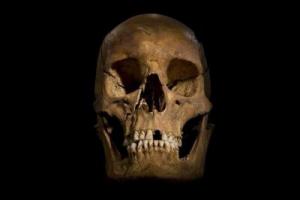
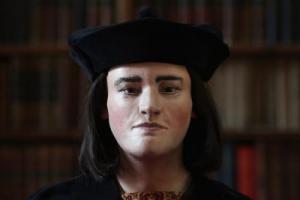
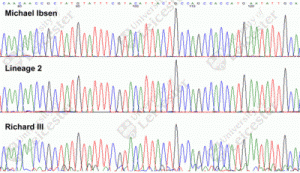
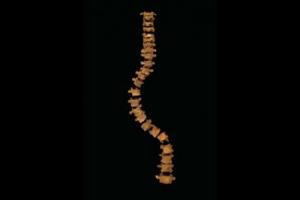
.png)

